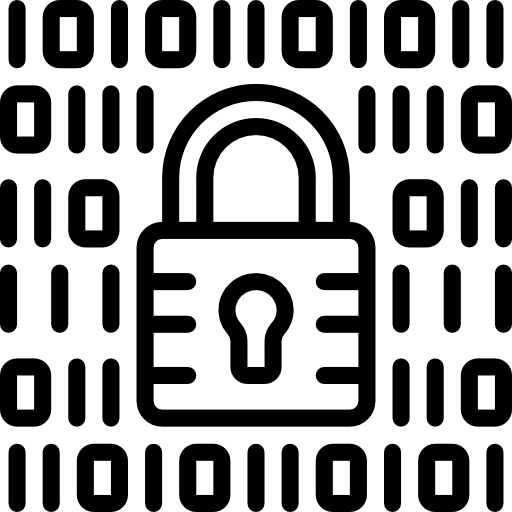1. Assessing & Monitoring Cloud Security in Stuttgart, Ludwigsburg, Frankfurt, Mannheim, Karlsruhe, Heidelberg, Freiburg, Nuremberg, and Munich
In cities such as Stuttgart, Ludwigsburg, Frankfurt am Main, Mannheim, Karlsruhe, Heidelberg, Freiburg im Breisgau, Nuremberg, and Munich, more and more companies are adopting advanced cloud technologies to modernize their IT infrastructure. Cloud security is becoming an increasingly important focus. Continuous assessment and monitoring are essential to prevent data leaks, system failures, and cyberattacks.
Platforms like Microsoft Azure, Google Cloud, Amazon Web Services (AWS), and Dropbox Business+ offer powerful integrated security features. However, without structured assessment, many risks remain undetected. With Darksn, you receive a detailed analysis of your cloud security architecture — precisely tailored to your existing infrastructure in Stuttgart, Ludwigsburg, Frankfurt, Mannheim, Karlsruhe, Heidelberg, Freiburg, Nuremberg, and Munich.
2. Cloud Security: Transparency Through Assessment of Your Azure, Google Cloud, AWS, and Dropbox+ Environments
Many companies rely on platforms like Azure, Google Cloud, AWS, and Dropbox Business+ to store and process sensitive data. But how securely are your systems configured? Our security assessment analyzes vulnerabilities at the configuration, permissions, and network levels.
We examine, among others:
• Azure Active Directory policies, Conditional Access, and Key Vault
• Google Cloud IAM, Identity Protection, and VPC Security
• AWS IAM, Security Hub, S3 bucket policies, and GuardDuty
• Dropbox+ access permissions, encryption, and activity monitoring
This ensures your cloud environment is GDPR-compliant, resilient, and securely auditable — both technically and organizationally.
3. Firewalls and Cloudflare: Real-Time Monitoring and Protection
Besides analysis, ongoing monitoring of your cloud security is crucial. Cloudflare offers powerful services like DDoS protection, Web Application Firewall (WAF), and Zero-Trust Access Control for your public cloud applications.
Additionally, we rely on:
• Azure Firewall and Microsoft Defender for Cloud
• Google Cloud Armor and VPC firewall rules
• AWS WAF, Shield, and Network Firewall
Our managed security services include configuration, monitoring, and auditing of these solutions — including logging, alerting, and policy management. This allows you to detect threats early and prevent damage before it occurs.
4. Darksn: Your Partner for Cloud Security, Monitoring, and Strategy
As a specialist in cloud security in Germany, Darksn offers holistic security solutions for companies in Stuttgart, Ludwigsburg, Frankfurt am Main, Mannheim, Karlsruhe, Heidelberg, Freiburg im Breisgau, Nuremberg, and Munich. Our approach includes both technical security assessment and implementation of continuous monitoring mechanisms, fully integrated into Azure, Google Cloud, AWS, and Dropbox+.
Our experts work with best practices such as:
• Zero-trust architectures (e.g., via Azure AD Conditional Access)
• Automated audits using Microsoft Defender for Cloud, AWS Security Hub, or GCP SCC
• Customized firewall policies depending on the platform
Count on Darksn for clear, auditable, and sustainable cloud security strategies. We make your digital infrastructure secure, transparent, and future-proof.







